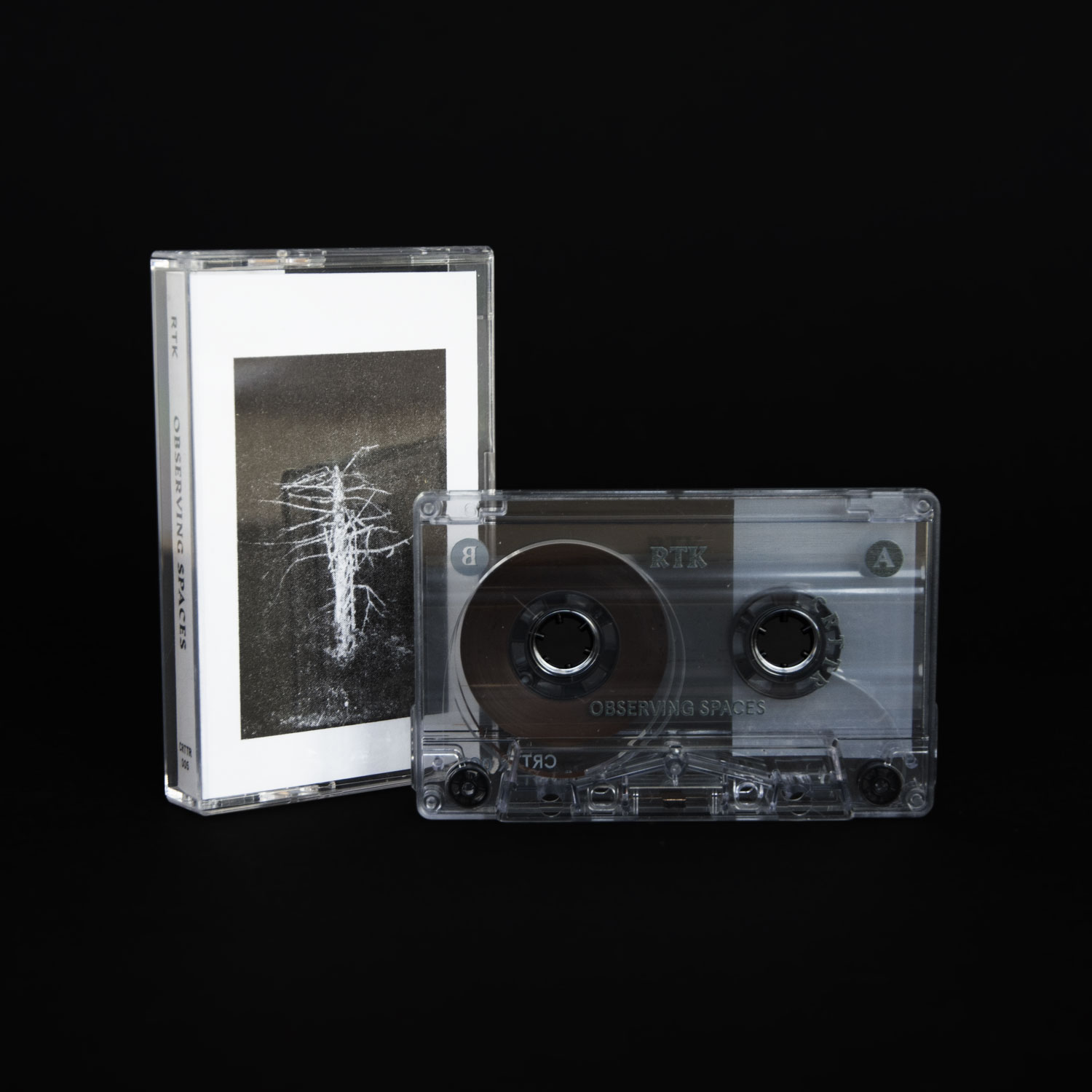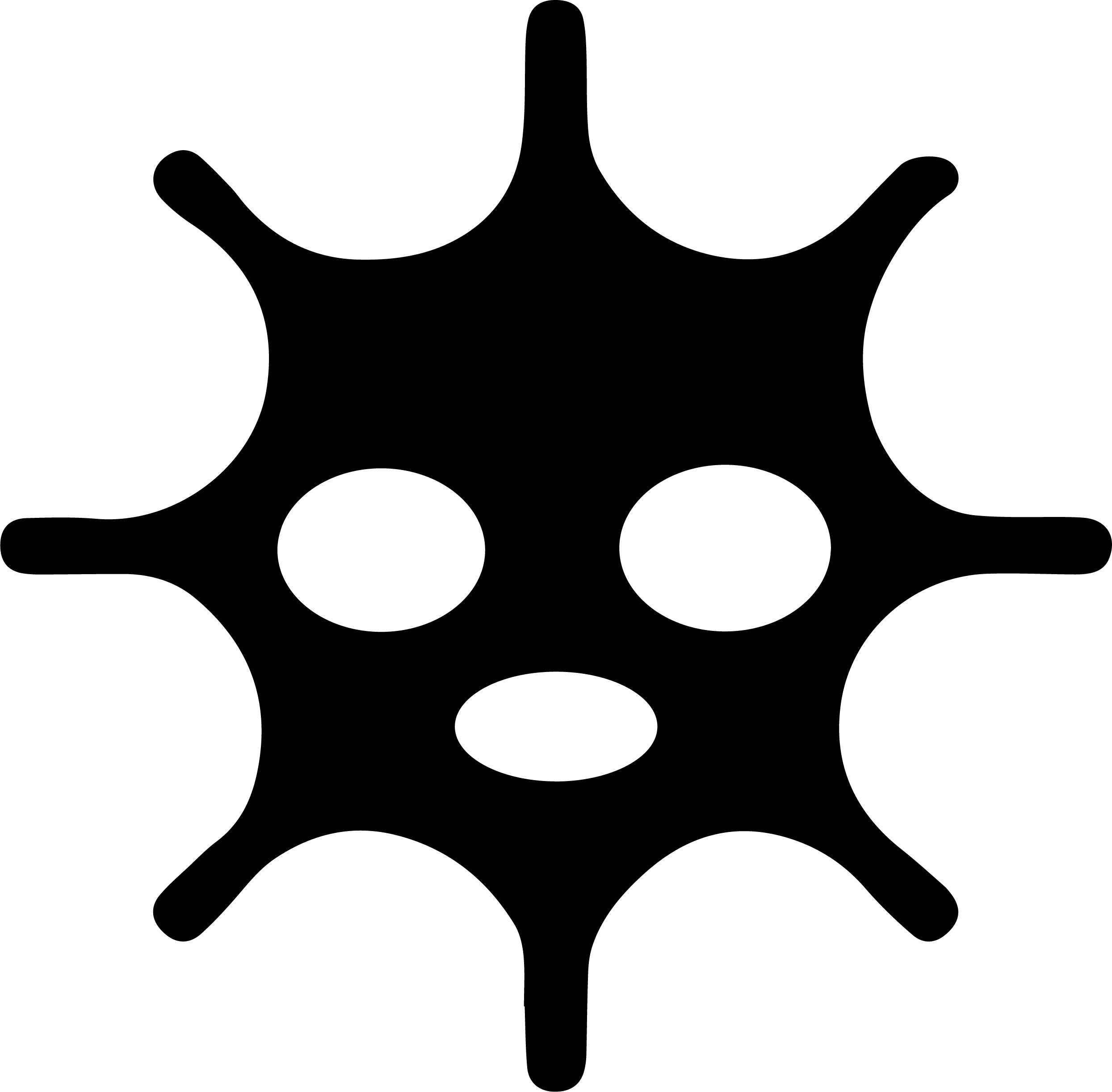

ORDER NOW
In his second solo album RTK deepens his exploration of vibrant, hypnotic drone sounds. The work called Observing Spaces joins the recent tradition of minimalist organ music but gives it additional dimensionality through a compositional approach on spatiality. The work consists of three continuous parts which were recorded in different locations.
While RTK’s last album focused on the aesthetics of pure, isolated organ drones, Observing Spaces’s essence lies in an examination of the relationship between drone-producing instruments and their acoustic environment.
The first two tracks use recordings of organ pipes that were detached from their original instrument and either played by blowing or as a part of an installation. This approach frees RTK from conventional spaces where organs are played, and thus from their typical, mostly strong reverberant sound character. Both tracks were recorded in urban spaces which serve as sound bodies that shape the sounds of the instruments. At the same time, the instrumental sounds influence the space and the events that take place in it. The instrumental composition contrasts the continuous temporality of these spaces antagonistically with slowly developing, but highly dynamic organ drones. Through the unfolding scapes, the temporality of the various locations slows down which enables a deep mediative engagement with them. In this way, a new spatiotemporal space gradually emerges. This effect is reinforced by a subsequent rearrangement and the use of digital processing tools. Different aspects of the sounds are thus given a new weighting whereby the space gets a semi-fictional personality. In the third track "At home", closeup recordings create a more intimate atmosphere. The ambient sound slowly disappears, and the dronescape reveals itself in a more immediate way. releases March 31, 2023
Composed and recorded by Tobias Lanz as RTK
Mixed by Tobias Lanz
Mastered by Benoît Piccand
Photos by Tobias Lanz
Design by Simon Lanz & Tobias Lanz
Tracks 1 & 3 contain sounds from instruments built by Simon Lanz
